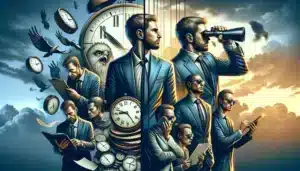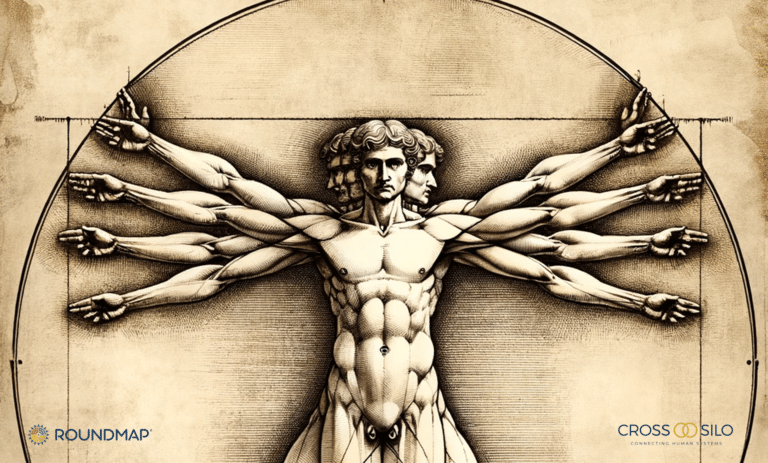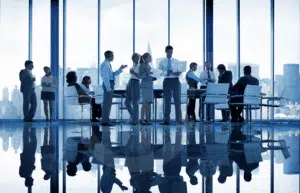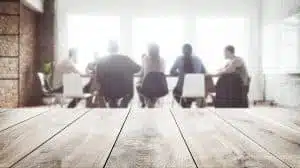- Adaptability to Change: Versatile companies can quickly adapt to changing market conditions, technologies, and customer needs. This agility enables them to pivot strategies, products, and services in response to unforeseen challenges and opportunities.
- Resilience: Versatility fosters resilience. Organizations that are flexible can better withstand economic downturns, disruptions in supply chains, and other external shocks. They can reallocate resources efficiently and maintain operations under diverse conditions.
- Innovation: A versatile company encourages a culture of innovation. By being open to new ideas and approaches, these companies can continually evolve and stay ahead of competitors. This proactive stance is vital in navigating complex and unpredictable environments.
- Employee Engagement and Retention: Versatile organizations often have engaged and motivated employees. They provide opportunities for continuous learning and development, allowing staff to acquire new skills and adapt to changing roles. This not only improves performance but also helps retain top talent.
- Customer Satisfaction: By being versatile, companies can better meet the diverse and evolving needs of their customers. They can offer personalized solutions and respond more effectively to customer feedback, enhancing satisfaction and loyalty.
- Strategic Advantage: Versatility gives companies a strategic edge. They can seize new opportunities faster than rigid competitors and are better positioned to exploit market shifts. This ability to anticipate and respond to changes is a significant competitive advantage.
- Sustainability: Versatility aligns with sustainability. Companies that can adapt their practices to be more sustainable in response to environmental and social pressures are more likely to thrive in the long term. This adaptability also helps in meeting regulatory requirements and aligning with stakeholder expectations.
- Whole-System Thinking: Versatile companies often embrace whole-system thinking, considering the interconnections within their operations and with external factors. This holistic approach enables them to make more informed decisions, fostering innovation and sustainable success.
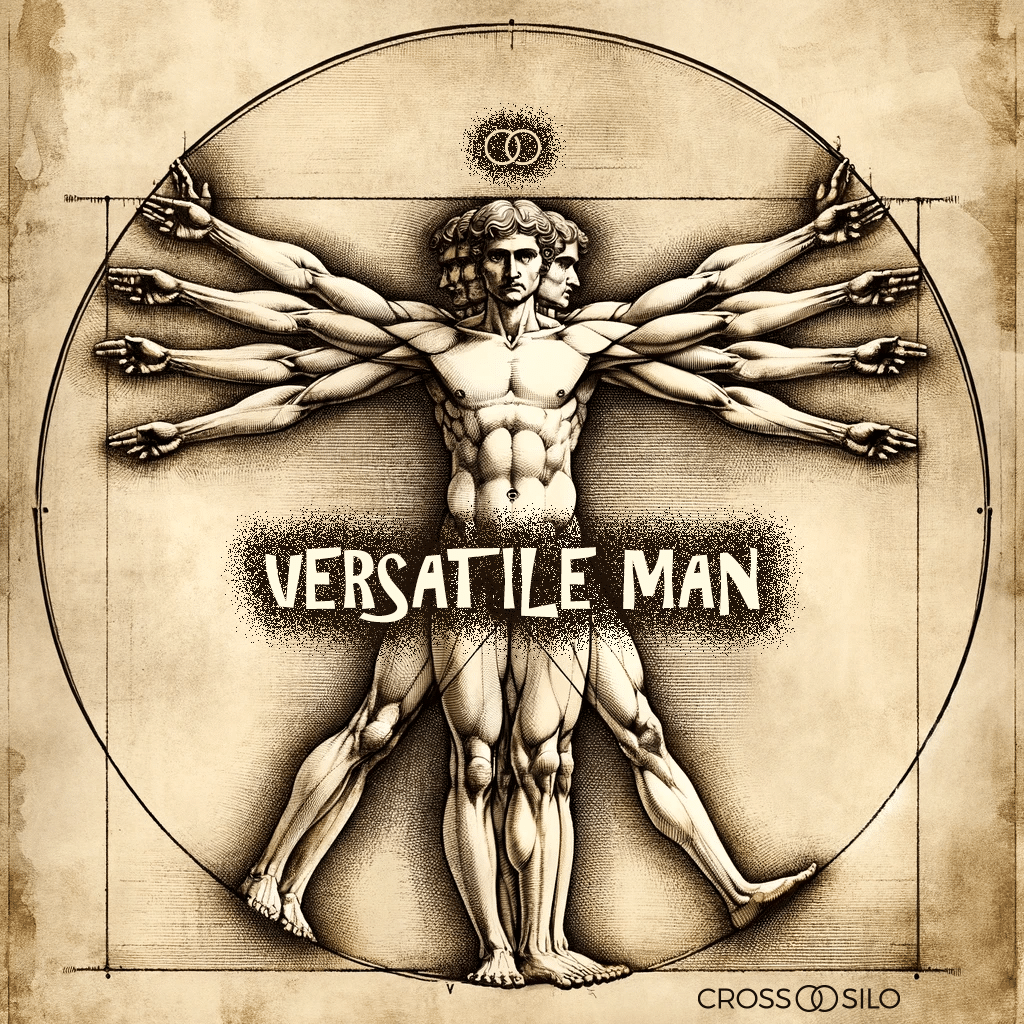
Versatile Man: A Modern Successor to the Vitruvian Man
Foundation and Inspiration: This image draws its foundation from Leonardo da Vinci’s renowned “Vitruvian Man,” which elegantly illustrates human proportions. Da Vinci’s work, rooted in the principles of Vitruvius, explores the harmony and balance of the human body’s proportions within the confines of a circle and square.
Intention: The “Vitruvian Man” symbolizes the blend of art and science, showing the ideal human body’s proportions. It has been a timeless representation of the intersection between the physical and the intellectual, highlighting the symmetry and balance of human anatomy.
Man of Versatility: In contrast, the “Versatile Man” represents a successor to this classic image. This modern interpretation features a human figure with multiple arms and legs extending outward, touching the edges of the circle. This depiction moves beyond the physical proportions of the body to emphasize the boundless potential and adaptability of human beings.
Representation of Human Potential: The multiple arms and legs symbolize versatility, resilience, and the capacity to adapt to diverse circumstances. This figure embodies the idea that human potential is not confined to physical traits but encompasses the ability to engage in many activities and adjust to various challenges. It underscores the polymathic nature of modern individuals who excel in multiple fields and embrace continuous learning and flexibility.
This image stands as a testament to the evolution of human capability, celebrating not just the physical form but the dynamic and versatile nature of human potential in an ever-changing world.

